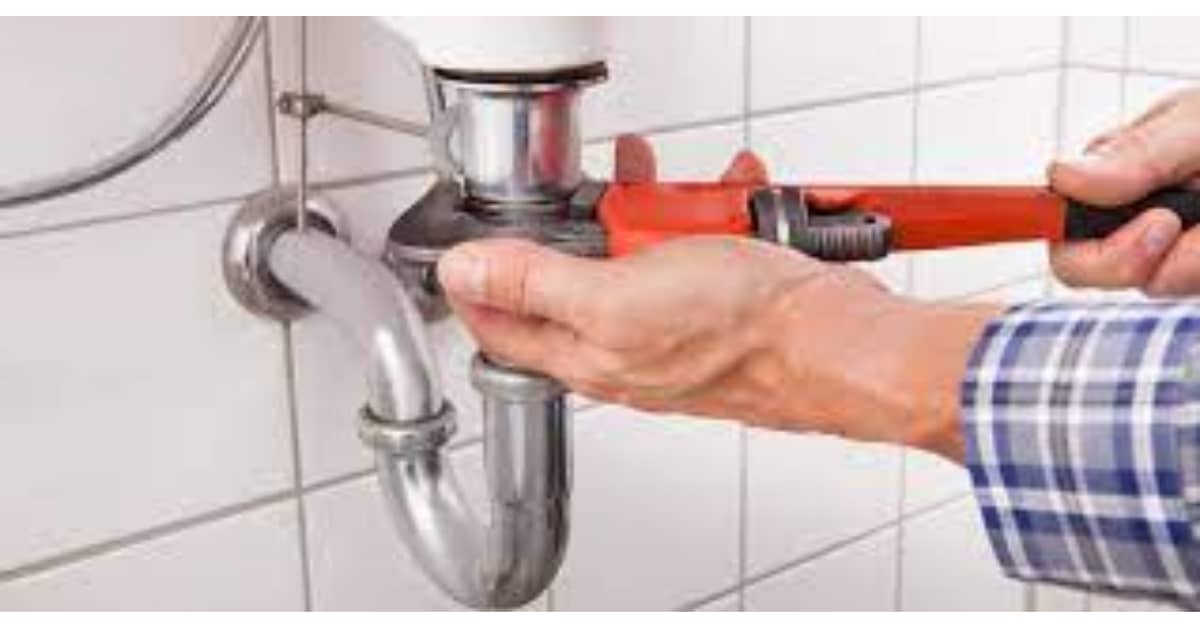Plumbing is not easy. That’s why you pay considerable amounts of money to hire a plumber when your home’s plumbing system encounters a problem. And this demand for plumbers will only increase as the trend continues of less and less men teaching their sons (or daughters) basic household maintenance techniques. So what if you can’t afford to drop the coin when your faucet springs a leak. Don’t worry! We have you covered. You’ll just need a pocket knife, metal washer, and a screwdriver to get the job done.
1) Turn off the water source
First things first: you’ll need to cut off the source of the water supplying your sink. In some cases, this might be as simple as opening the cupboard under your sink and turning a knob. You might, however, have to turn off the entire house’s water supply. If you don’t know quite how to do this, there’s a full guide here.
2) You might have to pry off the handle insert
This won’t be necessary for every faucet, but in some cases, the handle insert prevents access to the faucet’s screws. Pry this off using the pocket knife, digging up under the front panel of the insert to release it from the faucet base.
3) Unscrew the handle
As you might have already guessed, this is where the screwdriver comes into play. You will have to unscrew the handle from the wall. The handle has a tendency to get stuck, but heating the area, either through hot air or water, can help in removing it.
4) Replace the old washer
The source of leaky faucets tends to be a faulty washer, so you will probably have to replace yours. This is an incredibly cheap part to replace, and your local hardware store can help you find the correct washer size for your specific faucet. After you have acquired a new, correctly sized washer, replace the old one with the new one.
5) Put the handle and insert it back on
Now that the hard part is over, we are just backtracking. Screw the handle back in and firmly place the handle insert back into place. Take care not to screw the handle in too tightly. Think snug fit rather than a vice grip.
6) Turn on the water
Once everything is back in place, test your newly found plumbing prowess by turning the water back on. If the leak is gone, you’re good to go. Congratulations! If the leak remains, the joke is on you (sorry); you’re going to have to call a local plumber after all.
Best of luck!


